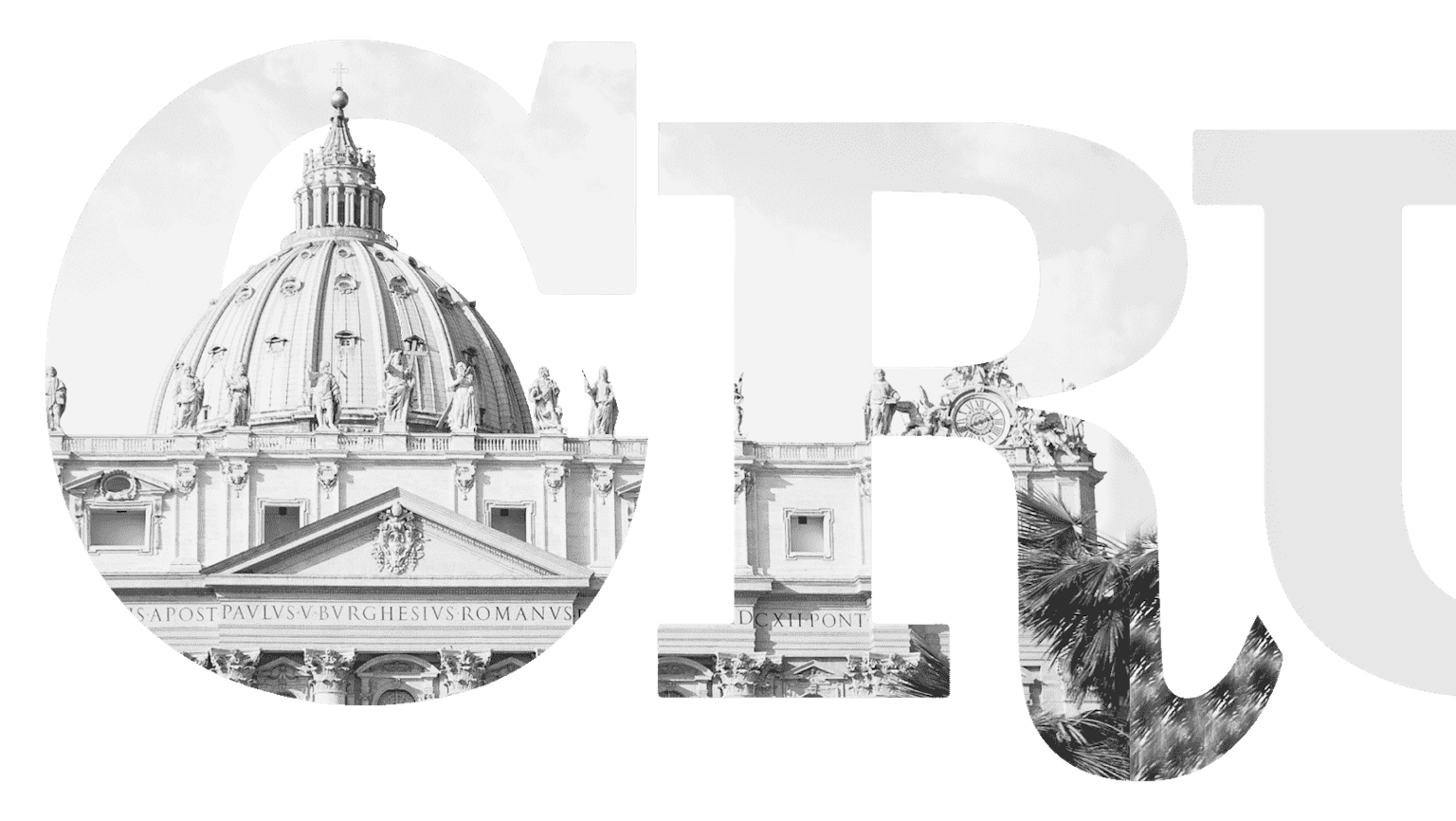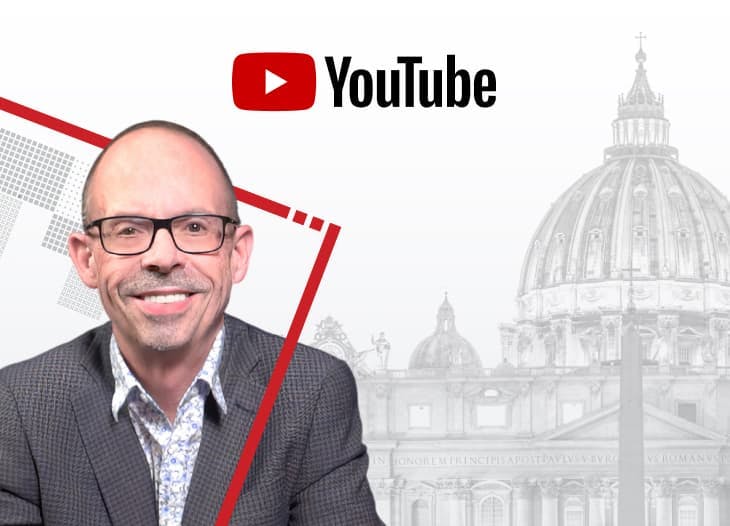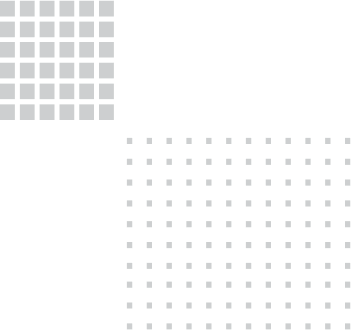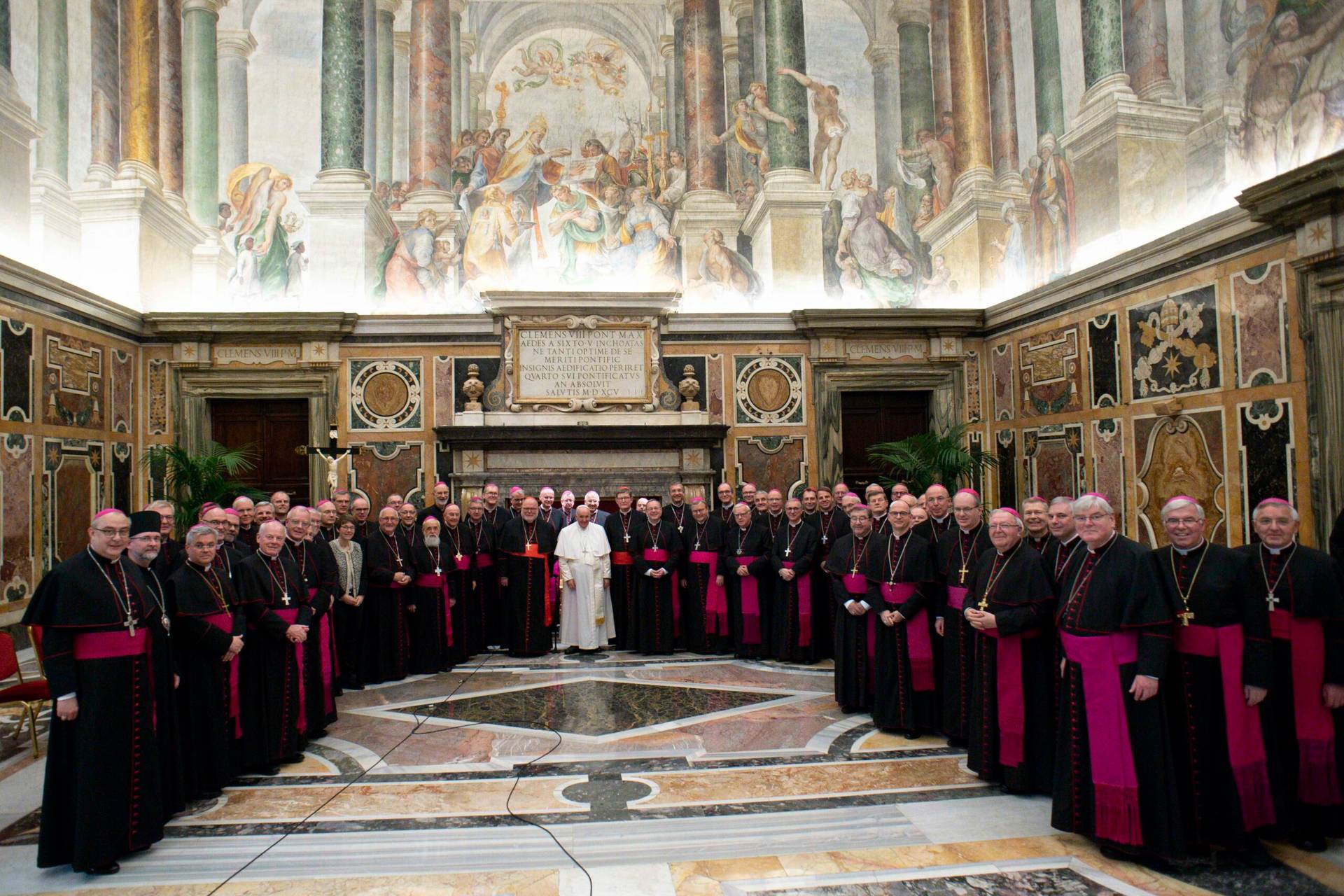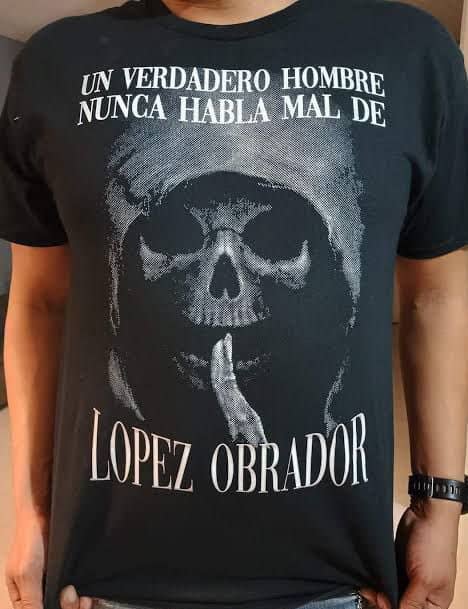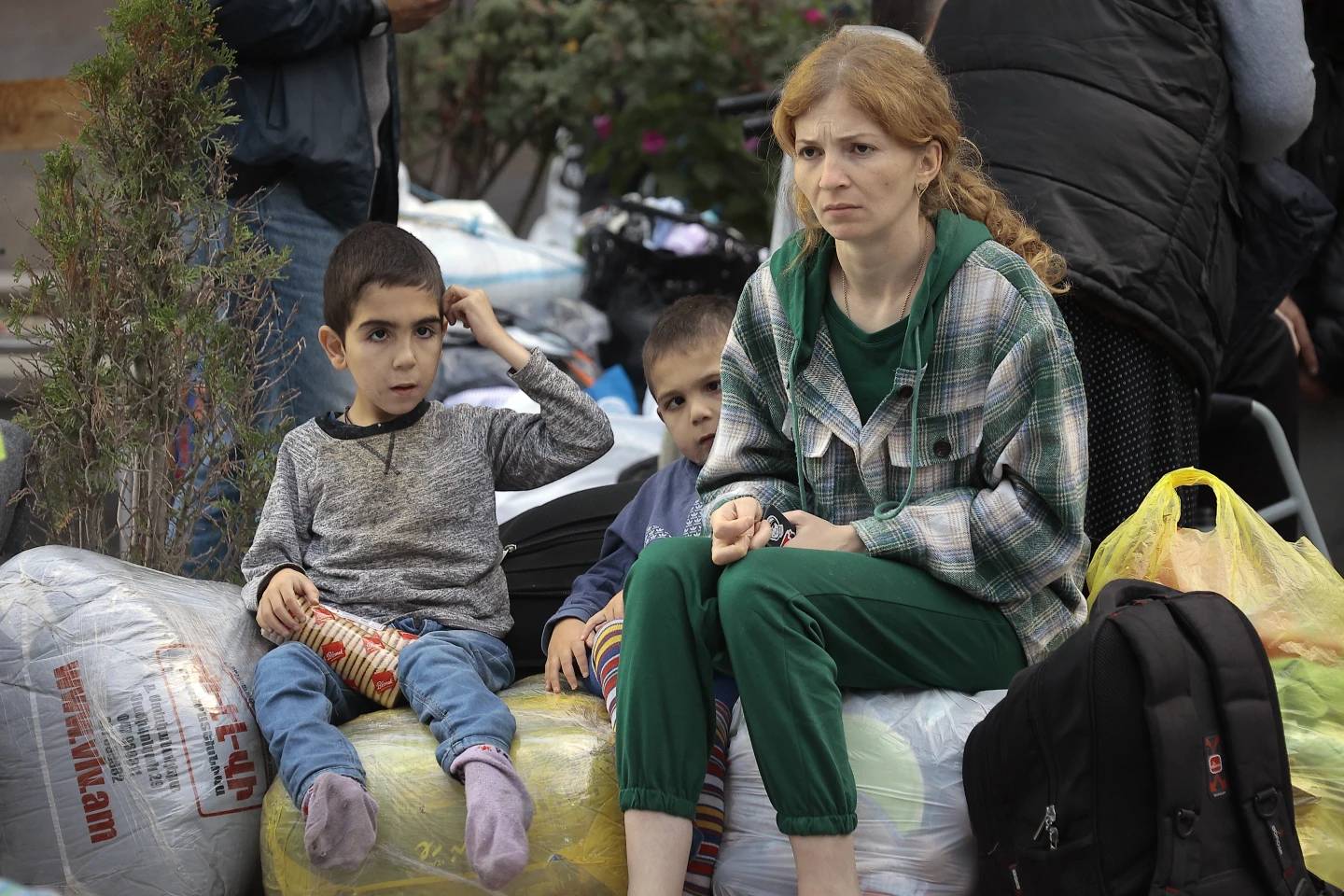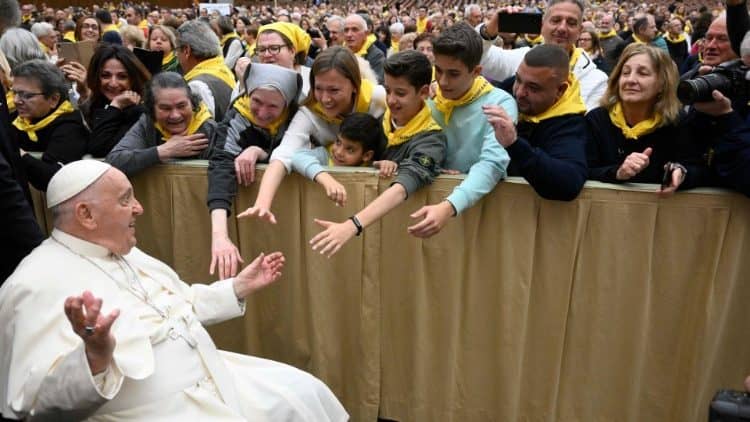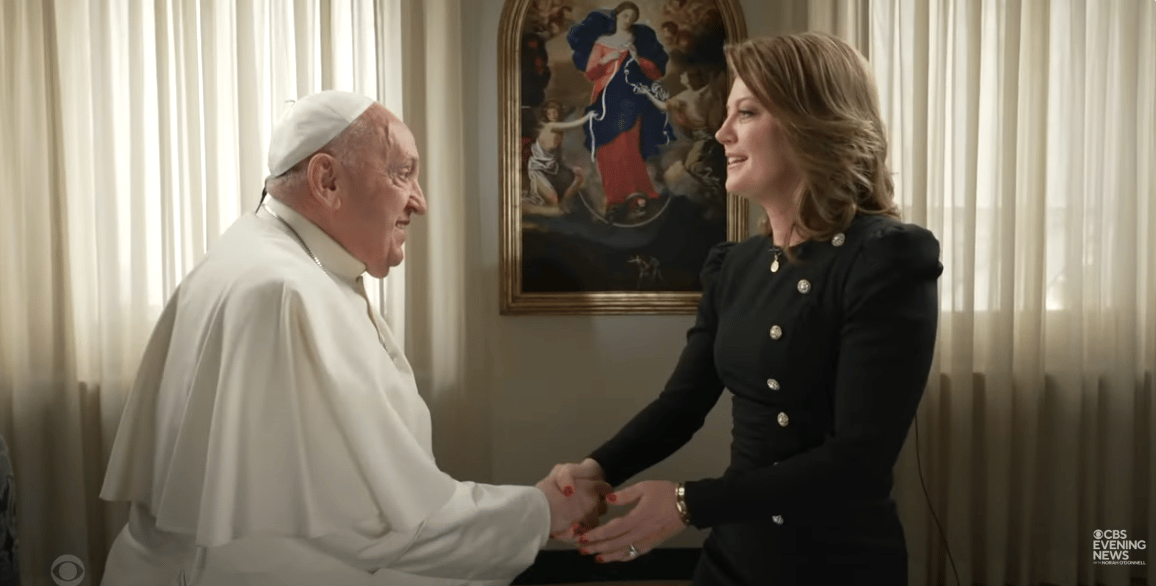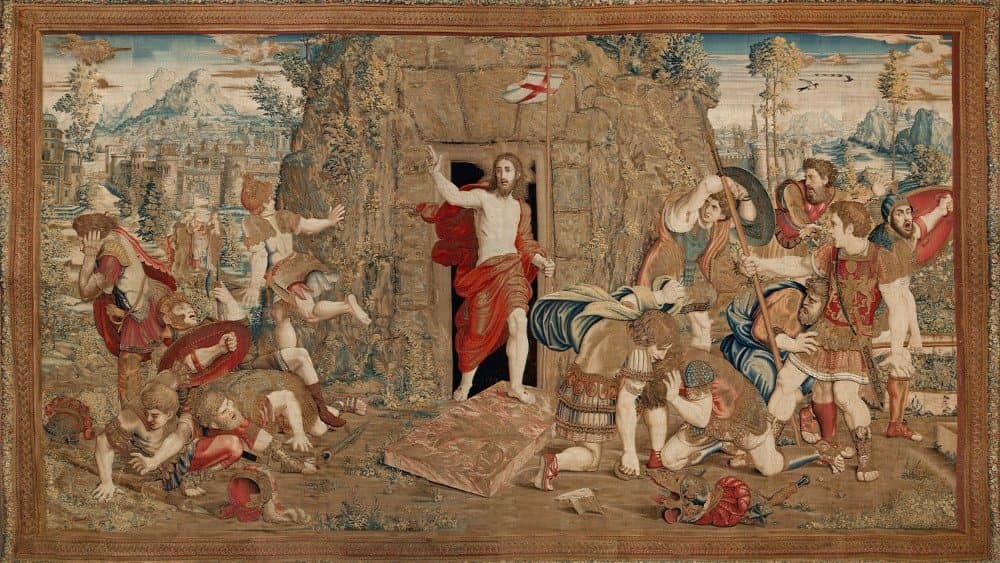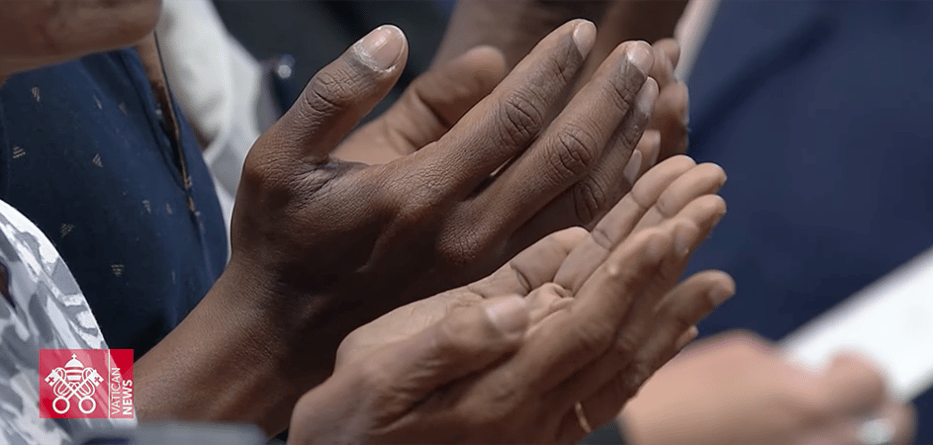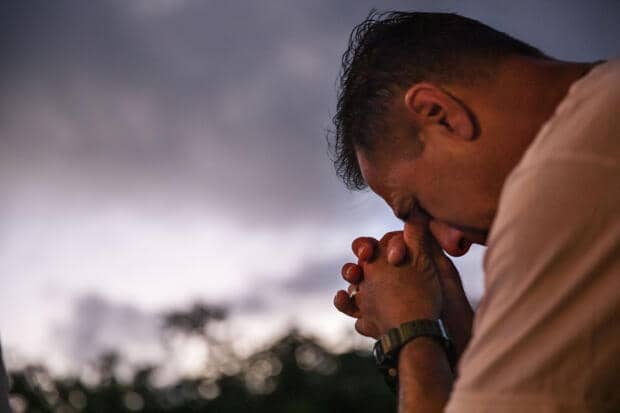Even as the fate of the baby Charlie Gard again hangs in the balance there is healthy discussion and disagreement among Catholics about his tragic case who might normally agree on other matters. Yet I want to suggest that, despite these differences, we share a common concern.
But first: Charles Camosy and I, both of this parish, are at odds over what the courts and the doctors in the case of the ailing baby intend or have decided so far.
He first critiqued the view of the Pontifical Academy for Life, claiming instead that it’s euthanasia (infanticide) because they have judged his disabled life not worth living. I replied that this judgment is absent from the doctors and the judges’ arguments, which are concerned with whether it is right to impose futile or burdensome treatments on a dying baby; therefore it is not euthanasia.
Camosy’s clincher in his riposte yesterday is that “if Charlie were to continue breathing after the court-ordered removal of his ventilator the aim of these deciders would be frustrated. The object of their act, therefore, is the very definition of euthanasia according to Catholic teaching: An omission which by intention causes death.”
I still struggle to grasp this. Charlie Gard is terminally ill; whatever happens, he has just months to live. He has no energy in his little body, and depends on the ventilator to survive at all. The fact that the hospital wants to return to court to consider an eleventh-hour offer of new treatment surely demonstrates that it doesn’t desire his death.
His parents, incidentally, do not regard his current condition as acceptable, which is why they have desperately sought treatment. The hospital, having explored the option of nucleoside therapy, have concluded that such treatments — including the experimental one offered by a US neurologist — would be futile and of no benefit. The courts, having considered the evidence, have sided with the hospital (here, for example, is the Appeal Court ruling).
The hospital has been granted permission to switch off the life support. The question is whether the respirator constitutes ordinary (that is, necessary and justified) intervention, or extraordinary (that is, burdensome and futile) treatment, in the distinction drawn by St. John Paul II’s classic Evangelium Vitae #65.
This is an ethical determination that depends on clinical judgements, which of course can be debated. But my point has been that the hospital and the courts in reaching the second conclusion have followed a reasoning in line with Evangelium Vitae, and that is the view of the bishops of England and Wales and the Pontifical Academy for Life.
As Michael Redinger — like Camosy, an expert in this area — points out in America: “None of these church leaders insisted on continuing artificial life support at all costs, nor did they argue against the proper role of the state to either protect the best interests of children or to resolve disputes between patients, their families and their physicians.”
Still, pro-lifers will continue to disagree, because there is evidence to make the case either way, and the clinical facts can always be disputed. The Catholic bioethics institute in Oxford, the Anscombe Center — a place not just of great scientific expertise, but also firm, and prophetic, pro-life witness —has a thoughtful analysis that finds in favor of my view.
But it flags a few disturbing arguments in some of the court judgments that could be used to back Camosy’s suspicion that there is a determination involved here about the worth or not of a disabled life.
But overall, the narrative of a euthanasia-minded state forcing its decision on a heroic pro-life couple fails wholly to capture the painstaking care the doctors and judges have sought to take, both to find treatments for Charlie and to save his life. The fact that the hospital is returning to court on Monday to consider a treatment being offered by the Vatican surely demonstrates that.
Miracles may happen — and let us hope and pray that, if the Bambino Gesù offer is in Charlie’s interest, that the court allows it.
But whatever happens next week, it is not too early to stand back and identify the reason we are debating this question at all. Behind the Charlie Gard tragedy is the challenge of technology, and with it the “technocratic paradigm” that Pope Francis — following his master Romano Guardini — identifies as the temptation of the age.
Camosy, who has written expertly on this question, observes that in our time “a secular medical ethics is becoming more and more comfortable with directly aiming at the death of infants like Charlie.” While I don’t think this is what is happening in this case, the trend is real: Just consider Holland and Belgium, which regularly euthanize disabled babies.
But there is another challenge we have to grapple with: the capacity for technology to prolong life in ways that are burdensome or vitalist. Charlie’s parents were able to raise $2m for experimental, blue-sky treatment in the United States — and we admire them for it.
But when the neurologist offering that treatment admitted in evidence that it would not benefit the baby, the reaction of many people was: “But surely it’s worth a try?”
Many believed that the determination of the parents to “give it a shot” should have trumped the hospitals’ and the courts’ view that it would not be in Charlie’s interest. Judging by my Twitter timeline, huge numbers of people are frankly outraged that the state should have interposed itself in this way.
But is this not the technocratic paradigm — the idea that if we can, we should? That where the power lies, we should use it?
The technocratic paradigm is a temptation precisely because it offers to reach a good end (in this case, life) by powerful means. It is a mentality that rejects limitation and failure, that chafes at the restriction of possibility.
I am not — God knows — claiming Charlie’s parents have that mentality. They just want to save their son. But much that surrounds this case — the YouTube video, the crowdfunding, the outrage directed against doctors, judges and church leaders — carries more than a whiff of it.
That’s why the words of Archbishop Peter Smith on May 1, echoed by the Pontifical Academy for Life, that while always acting humanely in the interests of the sick person, we have to “recognize the limitations of what can be done,” were so important.
It struck at the heart of the hubris of medical technology. Because we can doesn’t mean we should. Because the means exist doesn’t mean we should reach for them. We must discern — in this case, what is in the best interests of a vulnerable baby.
The classic temptation Satan offers Man is to refuse to acknowledge and accept the truth of our reality, the limits of our nature. (Which is why God chose to defeat Satan through the Incarnation.)
But the temptation remains. As well as being a source of liberation and salvation, technology offers a locus classicus of that urge to flee our limits.
It is obvious in the mentality of the Dutch euthanizer and the eugenicists: To reject the apparently ugly reality of disability and deformity by killing off human beings that fail to make the grade.
But it is also a mentality that seeks to prolong life at all costs, to impose experimental treatments on a dying baby, to rage against the passing of a tiny life by clutching at the straws of technology.
Camosy sees in the Charlie Gard case the danger of the first. I see the danger of the second. He is indignant that the hospital and the courts have overridden the parents. I am glad that they have stepped in to impose limits in the interests of the baby.
But whoever is correct in our reading of this case, in another sense we are, surely, both right to detect in our time a twin threat to an ethic of God-givenness and life. One thing’s for sure: There’ll be plenty more such cases in the future.

